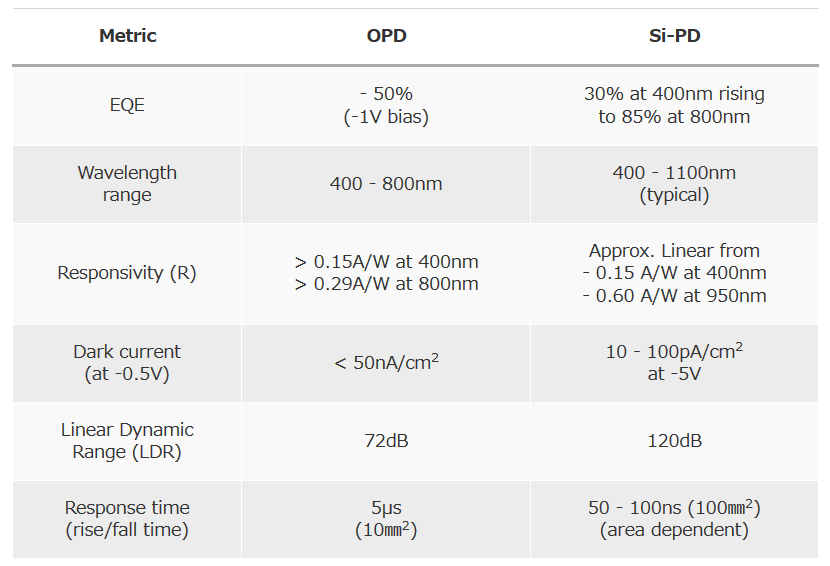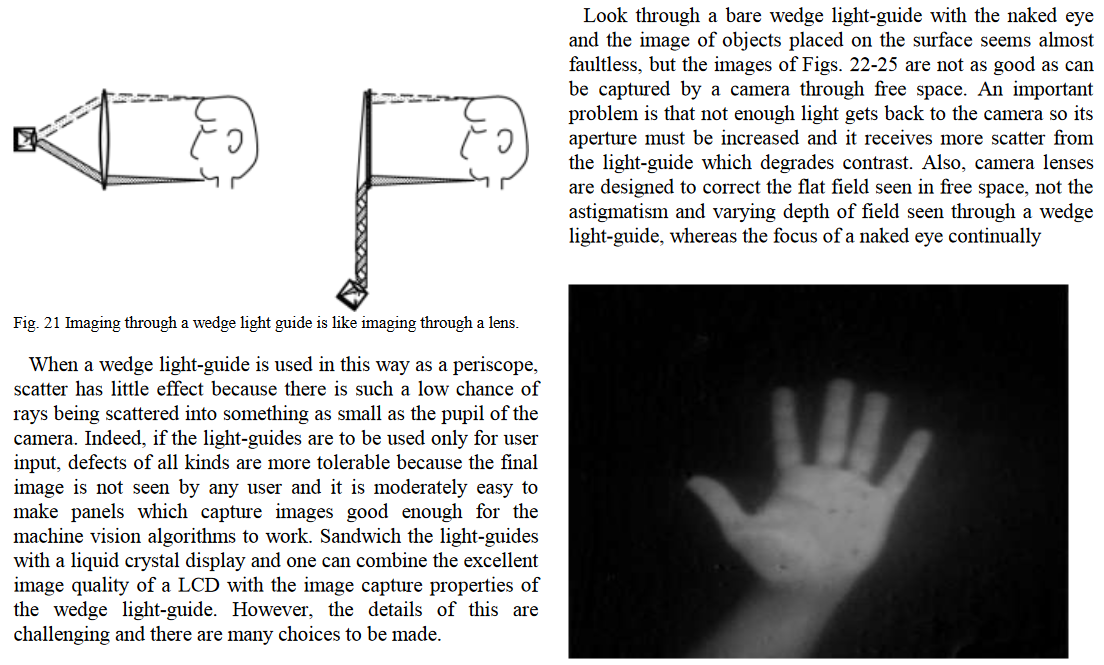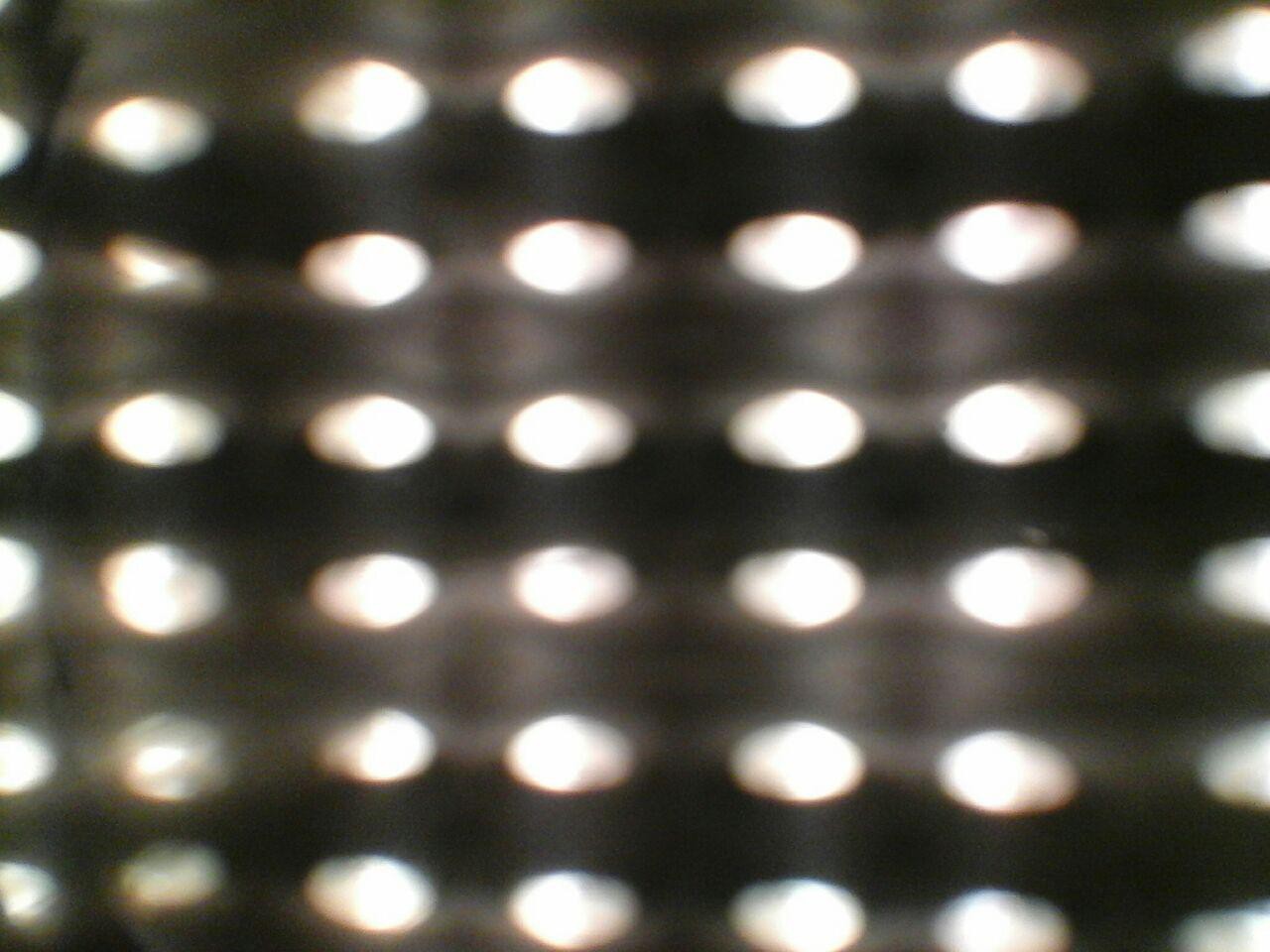I was looking for a way to image a credit card-sized area the other day. The only catch is that it would fundamentally be the sidewall of a < 8 mm wide duct and I haven't really seen a type of borescope that would be capable of imaging under these conditions.
Organic Photodiodes
It seems we're living in the early days of organic photodiodes (OPDs) and image sensors so maybe we'll get to see combined flat panel illuminator - lightfield camera foils which you can stick into the gap between capacitors, heat sinks and other stuff that's in the way to read part numbers and have a look at possible faults, but such a future is not there yet.

https://www.sumitomo-chem.co.jp/printedelectronics/en/application/photodiodes.html
http://mediatum.ub.tum.de/doc/1197763/458492.pdf
https://onlinelibrary.wiley.com/doi/full/10.1002/adma.201505405
Wedges
On the geometrical optics side of things, Travis (Microsoft Research, 2012) presented a paper on wedge optics for imaging and projection:

Defects and apologies aside, the fact that everything is in focus despite the different optical path lengths across the object (Fig. 21 is slightly misleading) eposes the small acceptance angle at every given point of the imaged area so light collection efficiency will be a bit of a struggle or a trade-off with image contrast.
 All things being equal this will be a good starting point to cobble together a demonstrator. Think machining a PMMA wedge on a sine plate.
All things being equal this will be a good starting point to cobble together a demonstrator. Think machining a PMMA wedge on a sine plate. Light Pipes
If you've ever taken apart a DLP projector you may have come across a beam homogenizer / rectangular light pipe / mixing rod


they come in two basic flavours: total internal reflection and boxed first surface mirror and for non-imaging elements they have some interesting properties.
In the paper from Zhang 2013 it is pointed out that looking back through a light pipe, the real source is seen surrounded by an array of virtual sources (hence virtual sources array). It's not easy to make out in the illustration below but another way of looking at it is that light emitted at increasingly oblique angles ends up in increasingly "higher order" virtual images farther away from the center.

https://www.osapublishing.org/ao/abstract.cfm?uri=ao-52-36-8827
In fact one can image the entrance aperture plane of the light pipe along with the array of virtual source images and consider it a scrambled integral light field image (ordinary light field images don't have the additional mirroring).
Here's the collimating lens and light homogenizer assembly from an IBM DLP projector:

in the magnesium casting there are four mirrors glues into a rectangular tunnel shape followed by a collimating lens assembly. Since in a direct imaging scenario the angle at which the enters (aka the "source" in the context above) is equal to the angle at which the camera has to capture it, a rather wide angle macro lens is required. Using the collimating lens to image a ceiling light though should deliver the basic idea of what they mean by "virtual sources array":

So in essence this could be an easy way to implement light field microscopy if it were not for the awful out of the box working distance.
What Zhang et al. are proposing is a means to transform a light source with a large solid angle into a well-behaved array of small solid angle fractions of the source which are sufficiently controllable to be fed through polarizing beam splitters and half-wave plates to achieve near-100% yield instead of <50% by just discarding the wrong polarization component.
Going full circle this might be another way of looking at the combined wedge optics / light pipe approach proposed by the Microsoft Research team, suggesting maybe an approach where a rectangular light pipe is used to image a 1D array of 2D images, each row corresponding to one of multiple imaging locations along the pipe and columns containing copies of the central column image as a partial light field.
 helge
helge
Discussions
Become a Hackaday.io Member
Create an account to leave a comment. Already have an account? Log In.